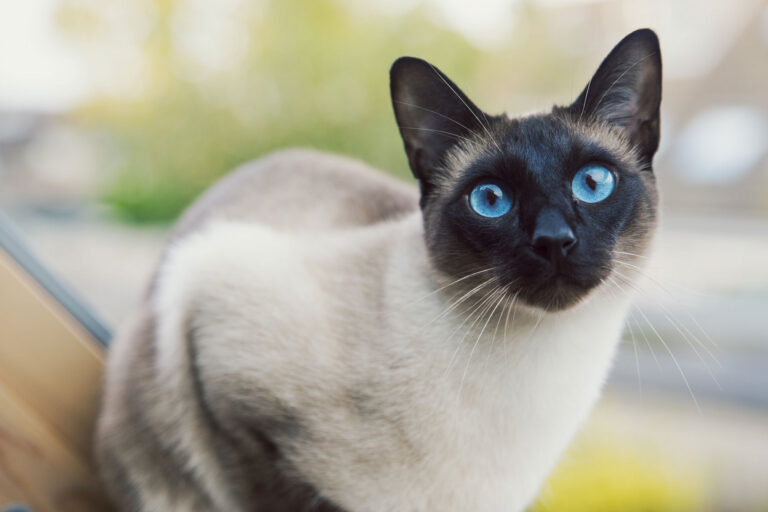Ensuring your cat stays hydrated is crucial for their overall health and well-being. Cats are notoriously finicky about drinking water, often consuming less than they need. This can lead to various health issues, including urinary tract problems and kidney disease. In this article, we will explore effective strategies to keep your cat hydrated, addressing common challenges and providing practical solutions to ensure your feline friend maintains optimal hydration.
Understanding the Importance of Hydration for Cats
Cats have a low thirst drive compared to other animals. This trait is inherited from their desert-dwelling ancestors, who obtained most of their hydration from their prey. However, domesticated cats often rely on dry cat food, which contains minimal moisture, making it essential to encourage them to drink water.
1. Provide Fresh, Clean Water
Cats are more likely to drink water that is fresh and clean. Ensure that their water bowl is cleaned daily and replenished with fresh water. Some cats prefer running water, so consider investing in a cat water fountain, which can make drinking more appealing.
2. Experiment with Different Water Bowls
The type of water bowl can influence your cat’s drinking habits. Some cats prefer wide, shallow bowls that don’t touch their whiskers, while others might favor ceramic or stainless steel bowls over plastic. Observe your cat’s preferences and make adjustments accordingly.
3. Add Water to Their Food
Incorporating water into your cat’s diet is an effective way to boost their hydration. Mixing a small amount of water with dry kibble or feeding them wet cat food, which typically contains around 75% water, can significantly increase their fluid intake.
4. Offer Flavored Water
Flavored water can entice cats to drink more. Try adding a splash of low-sodium chicken broth or tuna juice (packed in water, not oil) to their water bowl. This can make drinking more enjoyable for your cat.
5. Place Multiple Water Sources Around the House
Cats can be lazy or forgetful when it comes to drinking water. Placing multiple water bowls around your home can encourage them to drink more frequently. Ensure these bowls are placed in quiet, accessible locations away from their litter box and food.
6. Use Ice Cubes
Some cats are fascinated by moving objects. Dropping a couple of ice cubes into their water bowl can make drinking more entertaining. As the ice melts, it also adds freshness to the water.
7. Monitor Your Cat’s Hydration
It’s important to keep an eye on your cat’s hydration levels. Signs of dehydration in cats include lethargy, dry gums, sunken eyes, and decreased skin elasticity. If you notice any of these symptoms, contact your veterinarian immediately.
Keeping your cat hydrated is essential for their health and happiness. By providing fresh water, experimenting with different bowls, adding water to their food, offering flavored water, placing multiple water sources around the house, and using ice cubes, you can ensure your cat stays well-hydrated. Monitoring their hydration levels and being aware of the signs of dehydration will help you maintain your feline friend’s well-being. Remember, a hydrated cat is a happy and healthy cat.

Dr. Lorie Wiltse’s path to veterinary medicine was marked by a great desire for excellence and a dedication to advance the profession of neurology.
Subscribe my Newsletter for new blog posts. Stay updated from your inbox!










